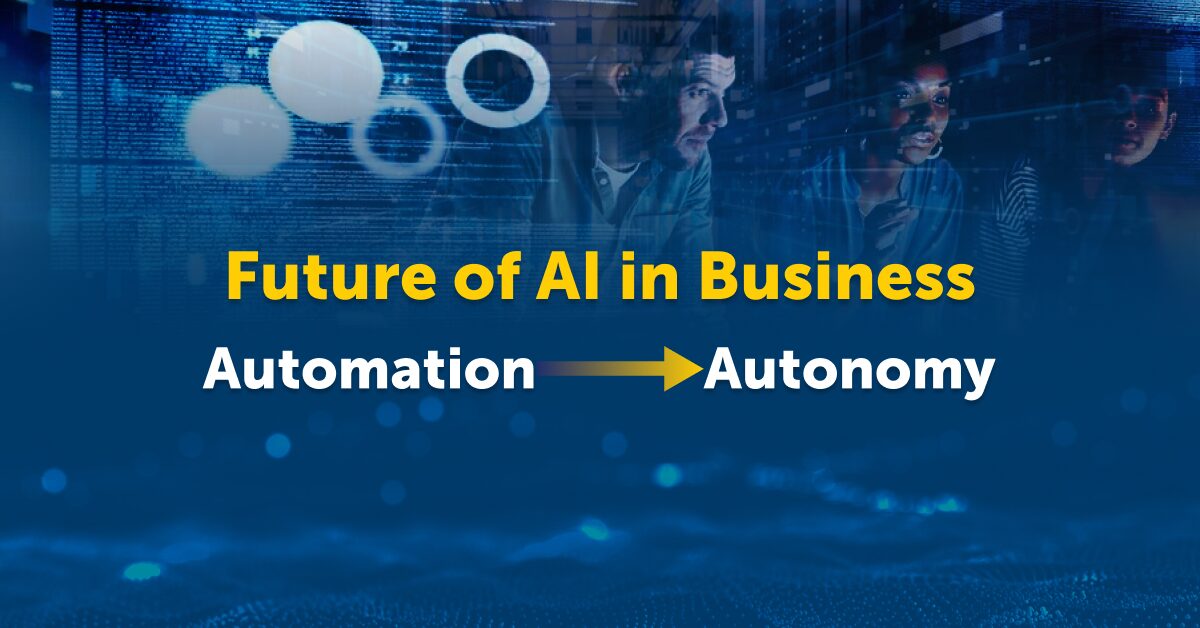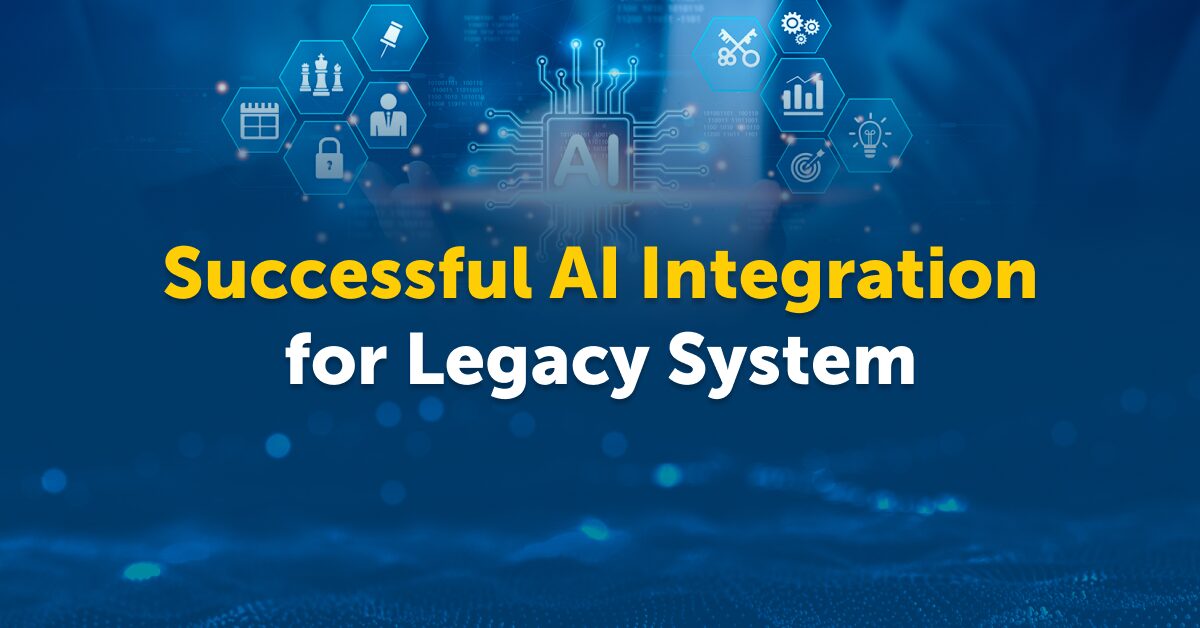7 Critical Factors That Reduce AI Implementation Friction for Enterprises

Enterprises are accelerating AI adoption, yet many discover that implementing AI at scale is more complex than expected. Projects stall, use cases underperform, and teams encounter issues they never anticipated. These include fragmented data, unclear workflows, insufficient governance, limited adoption, and integration challenges. Together, these barriers create what many leaders now refer to as AI friction, which is the organizational and operational drag that slows the path from experimentation to measurable business outcomes.
AI friction is not inevitable. When leaders understand its root causes, they can reduce it significantly and create the right conditions for scalable AI success. The following seven factors help enterprise leaders anticipate and remove friction so that AI programs move faster and deliver stronger results.

Want guidance from an AI expert on how to implement AI in your business? Contact Fusemachines today!
1. Clear Business Alignment
AI initiatives often encounter friction because they begin as technology-first projects rather than business-driven solutions. When the problem is not clearly defined or the value is not quantified, the project loses direction and the model does not lead to meaningful outcomes.
Leaders benefit from focusing on the following actions:
- Identify high-value business problems supported by measurable outcomes
- Define success metrics early, for example accuracy improvements, cost efficiencies, or decision speed
- Assign business owners who remain accountable throughout the lifecycle
Technical feasibility should be evaluated alongside business outcomes. Workflow complexity, data availability and integration difficulty often determine whether a use case can move beyond a pilot. When both sides align early, friction decreases significantly.
2. Strong Data Foundations
Data readiness is one of the most common root causes of AI friction. Even when teams choose the right use case, weak data foundations lead to delays, rework, and model underperformance. In many enterprise implementations, the model is not the issue, the data is.
Strengthening data foundations requires:
- Improving data quality through validation, cleansing and standardization
- Reducing fragmentation by creating unified access layers
- Ensuring metadata is complete, consistent and searchable
- Assigning clear data ownership across business units
A proactive data readiness assessment helps leaders identify gaps early. This reduces implementation delays and ensures that enterprise AI programs move forward with confidence.
3. Cross-Functional Ownership
Friction builds quickly when AI becomes the responsibility of a single team, usually IT or data. Business units, operations and technical teams all play critical roles. Without alignment, the result is confusion, process interruptions and slow adoption.
Enterprises reduce friction when they take the following actions:
- Establish shared responsibility across business, data and engineering teams
- Create joint decision-making structures for use cases, metrics and timelines
- Form cross-functional squads for major AI initiatives
- Ensure that operational teams understand how models influence workflows
Cross-functional ownership increases adoption, reduces miscommunication and ensures that AI solutions are integrated into real business processes instead of remaining as isolated technical projects.

Want guidance from an AI expert on how to implement AI in your business? Contact Fusemachines today!
4. Scalable AI Governance
Without proper governance, enterprises face risks related to model drift, inconsistent quality, lack of transparency and compliance issues. Governance does not slow AI progress. When executed well, it reduces friction by providing clarity, guardrails and transparency.
A scalable governance framework should include:
- Clear accountability for model performance
- Access controls and audit trails
- Monitoring systems for drift and versioning
- Standard review processes for fairness, quality and reliability
Governance allows enterprises to move faster by reducing rework, improving confidence and ensuring that models remain accurate and trustworthy over time.
5. Adoption-Driven Change Management
Many AI programs underperform because the organization is not prepared for the operational changes that AI introduces. Even the most accurate model will fail to deliver value if teams do not trust it or if workflows do not support its output.
Leaders can reduce adoption-related friction by focusing on:
- Clear communication about the purpose and benefits of the AI solution
- Training programs that help employees understand how AI supports decision-making
- Updated workflows that reflect AI-in-the-loop processes
- Dedicated change leaders who support teams during transition
When people understand how AI helps them and how it fits into their daily work, adoption increases and friction decreases.
6. Early Focus on Operationalization
One of the most common forms of AI friction is known as pilot purgatory. Many enterprises can build proof of concepts but cannot move those models into scalable production environments. The issue is often a lack of focus on operationalization from the start.
To break this cycle, leaders should prioritize:
- Infrastructure for continuous integration and continuous delivery of models
- Monitoring systems that track real-world performance and data shifts
- Integration patterns that connect models to existing systems and workflows
- Automation that reduces the manual work required to maintain models
Operationalization determines whether a model becomes a sustainable enterprise capability or remains a short-lived experiment.
7. Future-Ready Architecture Choices
A significant amount of AI friction originates from architectural decisions that do not support long-term growth. Leaders often underestimate how much architecture influences performance, scalability and integration speed.
Future-ready architecture requires:
- Choosing between point solutions and platform-based approaches
- Selecting modular architectures that can evolve with business needs
- Ensuring compatibility with existing systems and data environments
- Prioritizing API-driven integration for flexibility and scalability
The right architecture reduces integration challenges, speeds up deployment and prevents technical debt that slows future AI initiatives.
Bottom Line
AI friction is common but manageable. Enterprises that succeed with AI focus on strong foundations, clear alignment, cross-functional ownership and scalable operational practices. These seven factors help leaders identify friction early and take action before it translates into delays or lost value.
Reducing AI friction does more than speed up implementation. It also strengthens confidence in AI across the organization, improves adoption, and supports long-term transformation. With the right approach, enterprises can move from experimentation to sustained impact and position themselves for a more intelligent and adaptive future.

Want guidance from an AI expert on how to implement AI in your business? Contact Fusemachines today!


